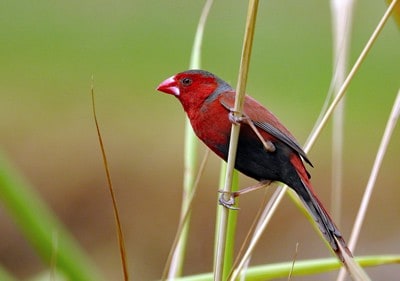TASK 2:
Secure adequate funding for threat abatement
[For] funding programs that encourage restoration and threat abatement…the distribution of funding is often scattergun, unreliable and short-term. Funding cycles do not support an enduring, focused or prioritised approach.
10-year review of the EPBC Act (2020)

The major barrier to effective abatement of threats to nature in Australia is lack of funding. We don’t know exactly how much is spent on threat abatement, nor how much is needed, but the rapidly growing number of threatened species and ecological communities indicates the funding gap is substantial. Public funding for conservation in Australia has declined significantly over the past decade. The following research and actions are necessary to secure the funding needed for effective threat abatement.
1
Investigate the economics of threat abatement – the annual costs of effective abatement and the economic consequences of abatement failures and successes
Australia needs accurate costs for threat abatement and threatened biodiversity recovery, likely to be at least $1.5–2 billion a year. To help justify the funding in the face of competing demands, we also need to understand the economic benefits of abatement and the consequences of inadequate abatement. Threats to nature are often also threats to industries and human wellbeing, and conservation programs often yield great economic and social benefits. These collateral costs and benefits need to be clearly defined and quantified to demonstrate a solid economic and social, as well as conservation, return on investment in threat abatement.
2
Substantially increase public spending on threat abatement as well as threatened species recovery, including through biodiversity levies
The level of funding needed for effective threat abatement and threatened species recovery is at least 10 times typical current budget allocations. This is affordable with current taxation revenue, but to achieve and sustain the level of funding needed, we recommend that the Australian Government imposes biodiversity levies, particularly on activities that exacerbate threats to nature. Australia’s federal, state and territory governments should develop a biodiversity funding plan that includes a revolving biodiversity trust fund funded by (a) agreed allocations from each government (involving a substantial increase in current budgets for biodiversity), (b) new sources of funding, including biodiversity levies and perhaps a national lottery, and (c) private and philanthropic contributions.
Australia also needs a transparent method for allocating funds to biodiversity conservation, based on systematically determined priorities using the most effective instruments – whether threat abatement plans, recovery plans or other means.









